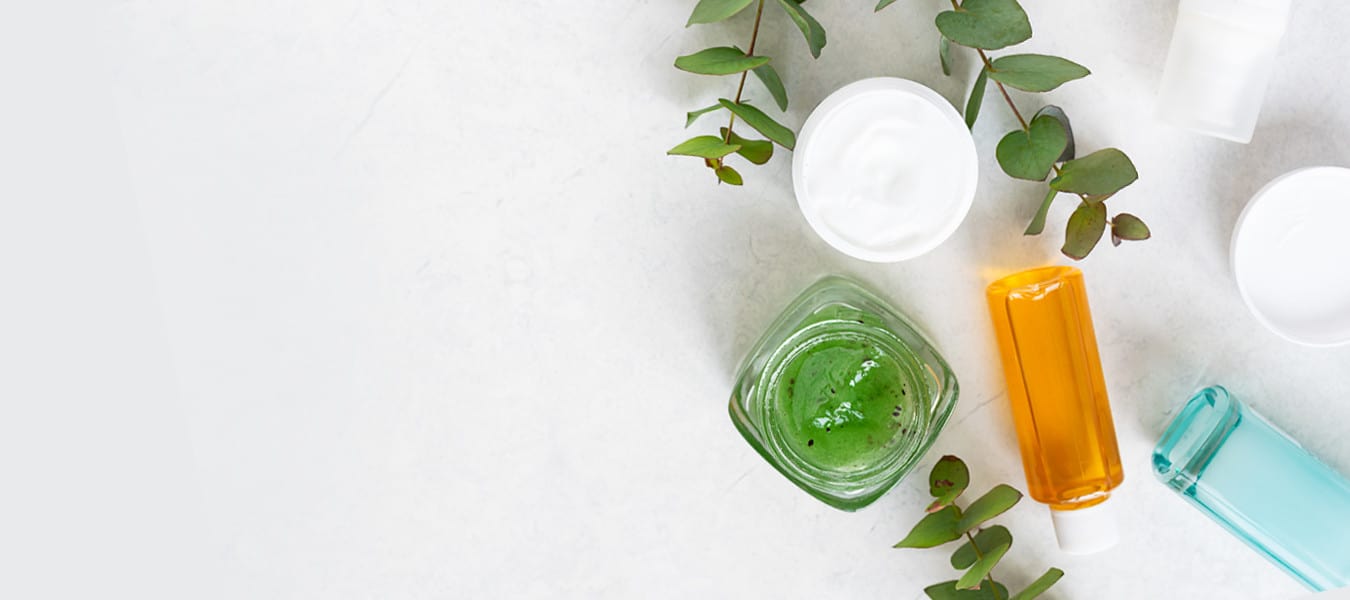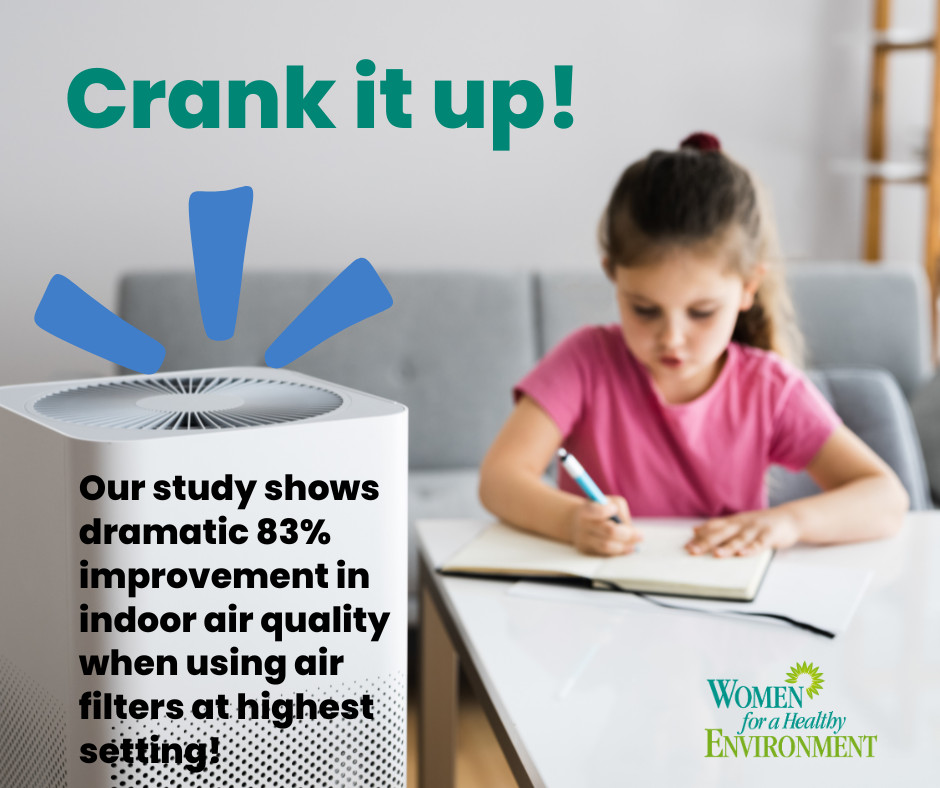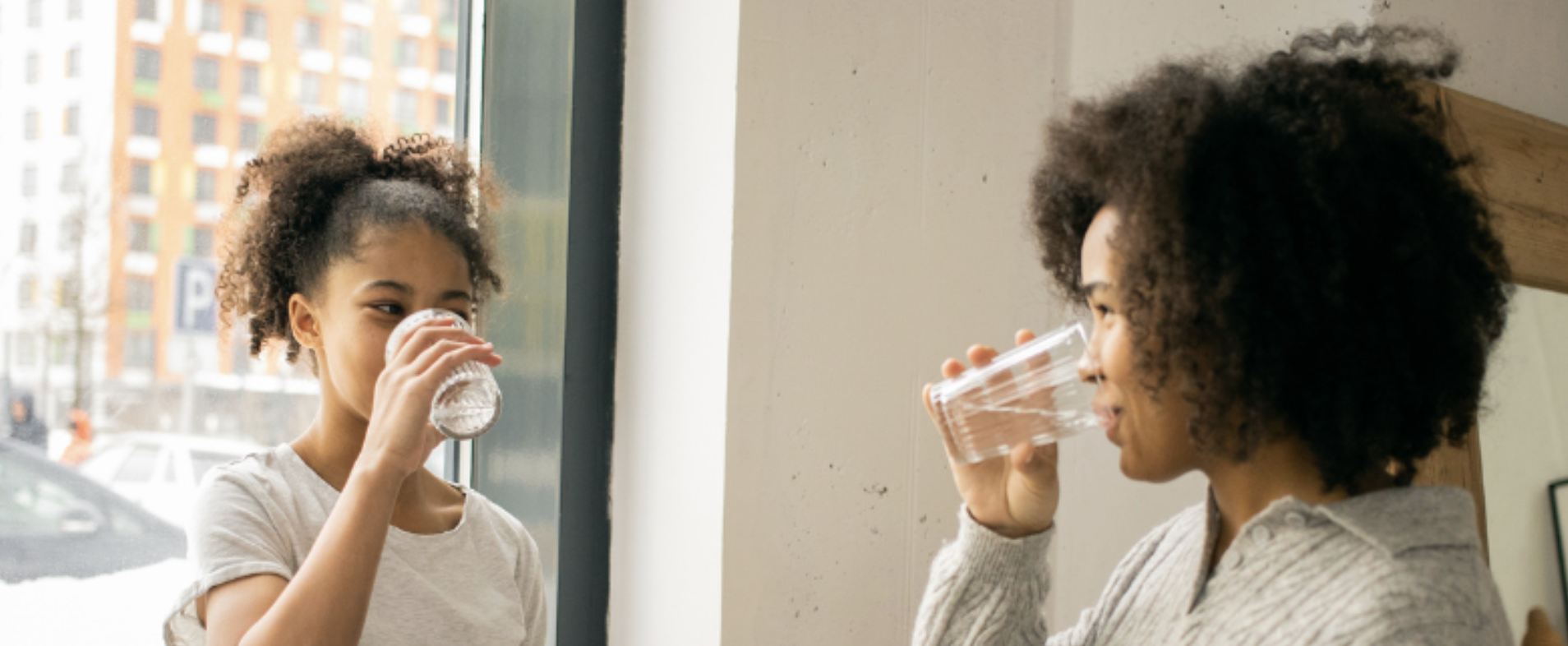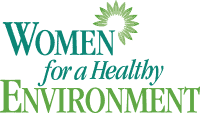Personal care products in everyday items including shampoo, soap and cosmetics are made of different combinations of chemicals and contain potential carcinogens, allergens and toxins.
When creating new personal care products, a company has the option to choose from more than 12,500 different chemicals; the vast majority of which have never been tested for safety by any accountable body. The federal regulation that guides personal care product safety has not been updated since 1938, the same year the ballpoint pen was introduced and bread cost 9 cents a loaf!
On average, men use 6-8 products in a day, adult women use 10-12, and the biggest consumer is young teenage girls who use 17-20. This creates a population of people (women and girls) who carry a higher toxic load, which is the accumulation of toxins and chemicals in our bodies. During times of reproductive development like puberty, and hormonal changes such as pregnancy and menopause, women can be more vulnerable to these toxic exposures
Reading and understanding an ingredient list will empower you to make healthy changes and decisions. Ultimately, consumers drive the market and as we become more aware about the chemicals and toxins we do not want in our products, we can demand change
Things to keep in mind when purchasing personal care products:
Fragrance Isn’t Just a Nice Smell
The ingredient, “fragrance,” can contain any combination of over 3,000 chemicals. Fragrances are considered trade secrets, so companies can list the ingredient, “fragrance,” on a product and not list its real contents. Avoid products that contain “synthetic fragrance,” which is often derived from petroleum.
Avoid Greenwashing and Pinkwashing
Greenwashing is when companies use keywords like, “natural, organic, eco-friendly and hypoallergenic,” to depict a product with less chemicals. These words hold no legal meaning and are just marketing terms.
Pinkwashing is when companies offer proceeds of their sales to breast cancer research. You can typically tell by a pink ribbon or other pink items on the product. However, often these products contain toxic ingredients that can negatively affect our health – and could be linked to the disease for which they’re raising money
Avoid Phthalates and Parabens
These ingredients can be found in deodorants, nail polish, soap, toothpaste and hundreds of other products. Considered an endocrine or hormone disrupter, these chemicals have been linked to cancer, fertility and development problems. The chemicals (known as Endocrine Disrupting Chemicals (EDCs) mimic or interfere with the natural hormones in our body. This can cause health issues, like early puberty
Skincare and Makeup
Products used to lighten the skin, age spots and blemishes may contain Hydroquinone. This chemical is toxic to the skin, brain, immune and reproductive systems. This hazardous chemical, banned in the European Union, is still being used in products manufactured in the United States! Avoid lighteners with hydroquinone, chromium and mercury.
Buy sunscreen with zinc oxide or titanium dioxide. These ingredients protect our bodies from UVA rays without penetrating the body. Ingredients to avoid include oxybenzone and Vitamin A because of their hormone disrupting and cancer-causing possibilities when interacting with the sun.
Lead is a dangerous neurotoxin that causes behavior, learning, and reproductive issues. In a study conducted by the US Food and Drug Administration, lead was found in lipsticks ranging in levels between 0.09 to 3.06 parts per million (PPM). There is no safe level of lead exposure.
Keeping all of these things in mind, refer to WHE’s Ingredient list when purchasing store products. Making your own products can be a great way to ensure they are safe.




